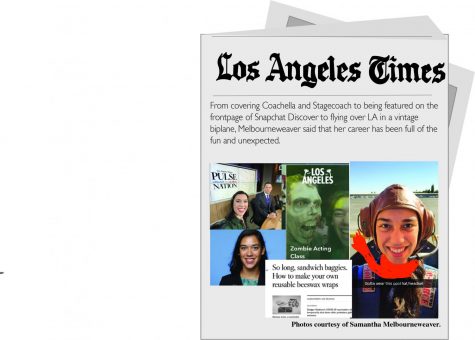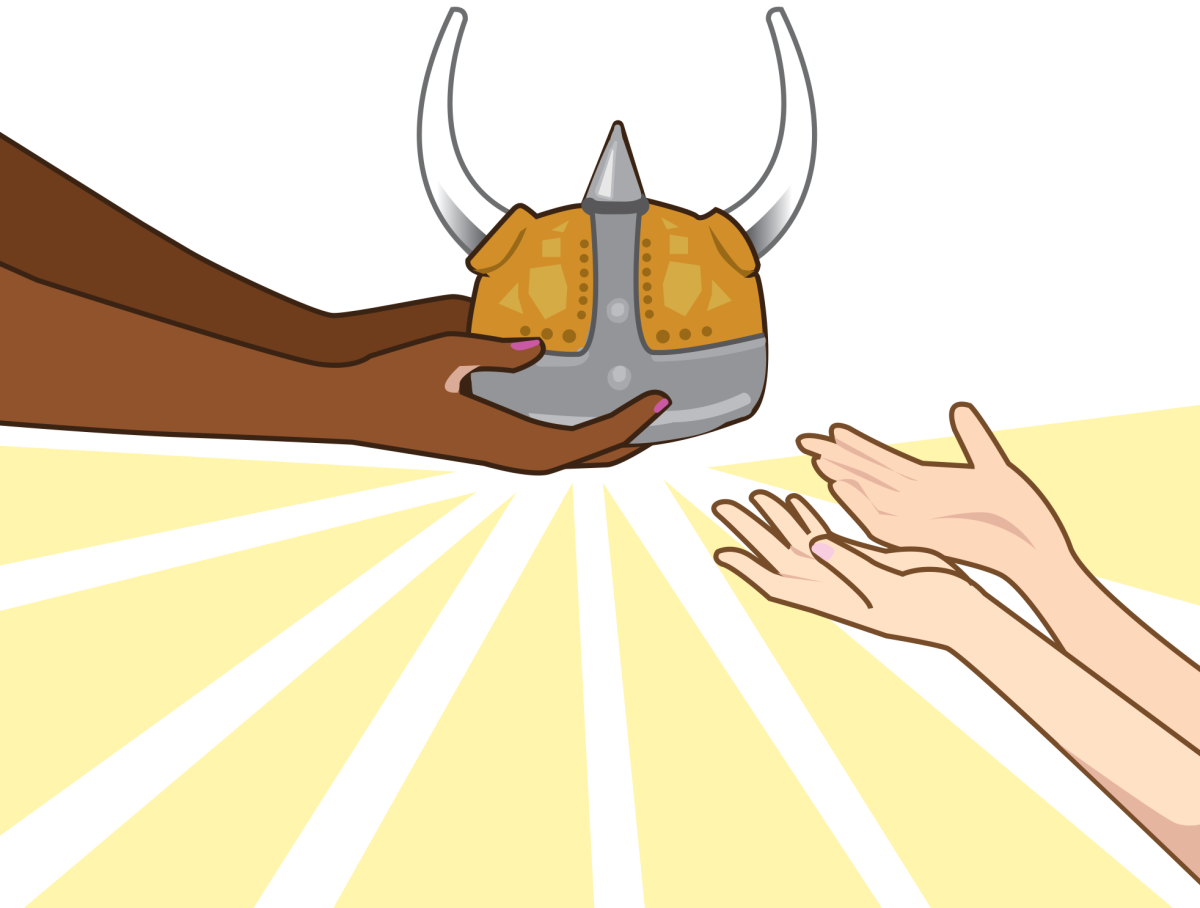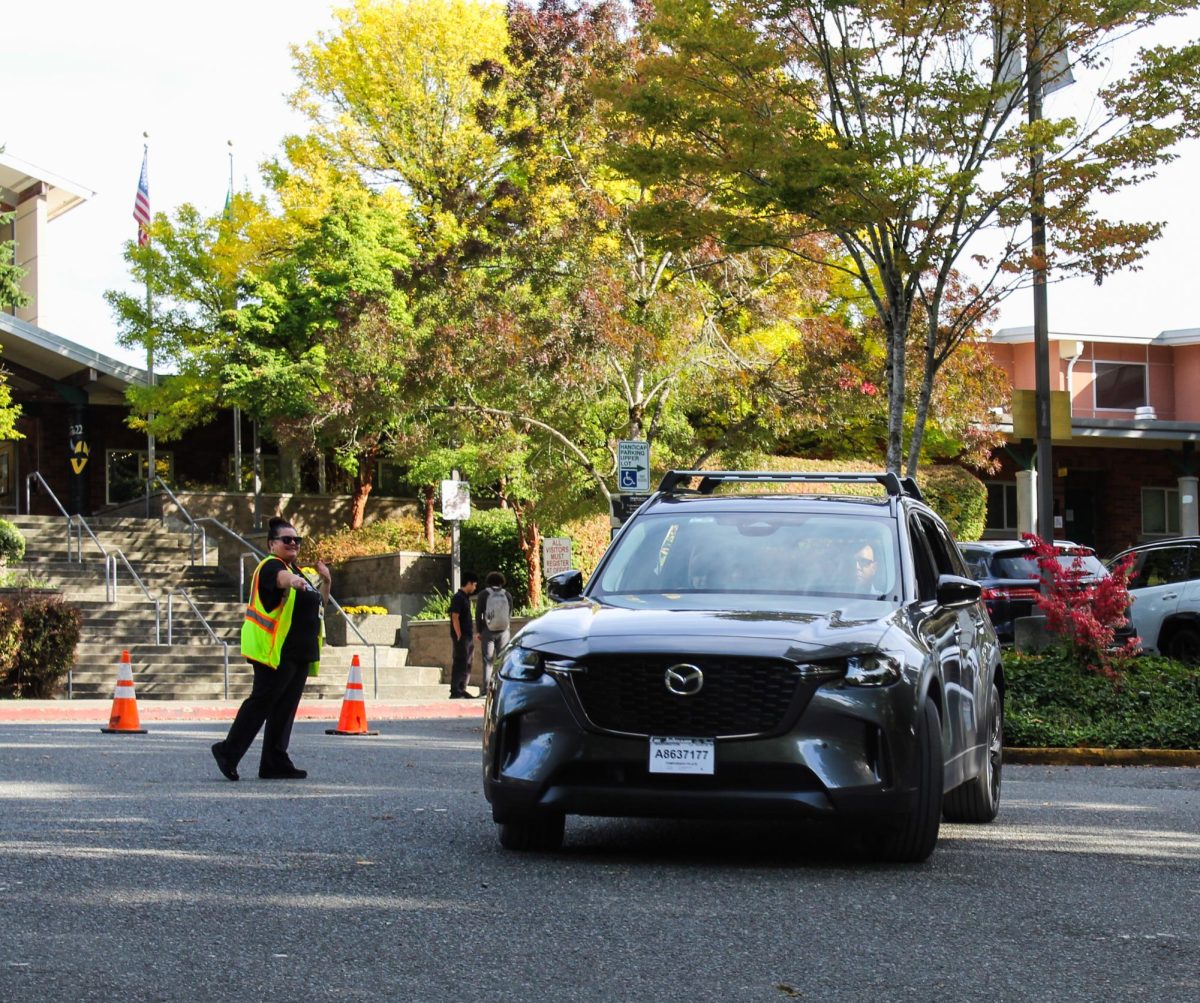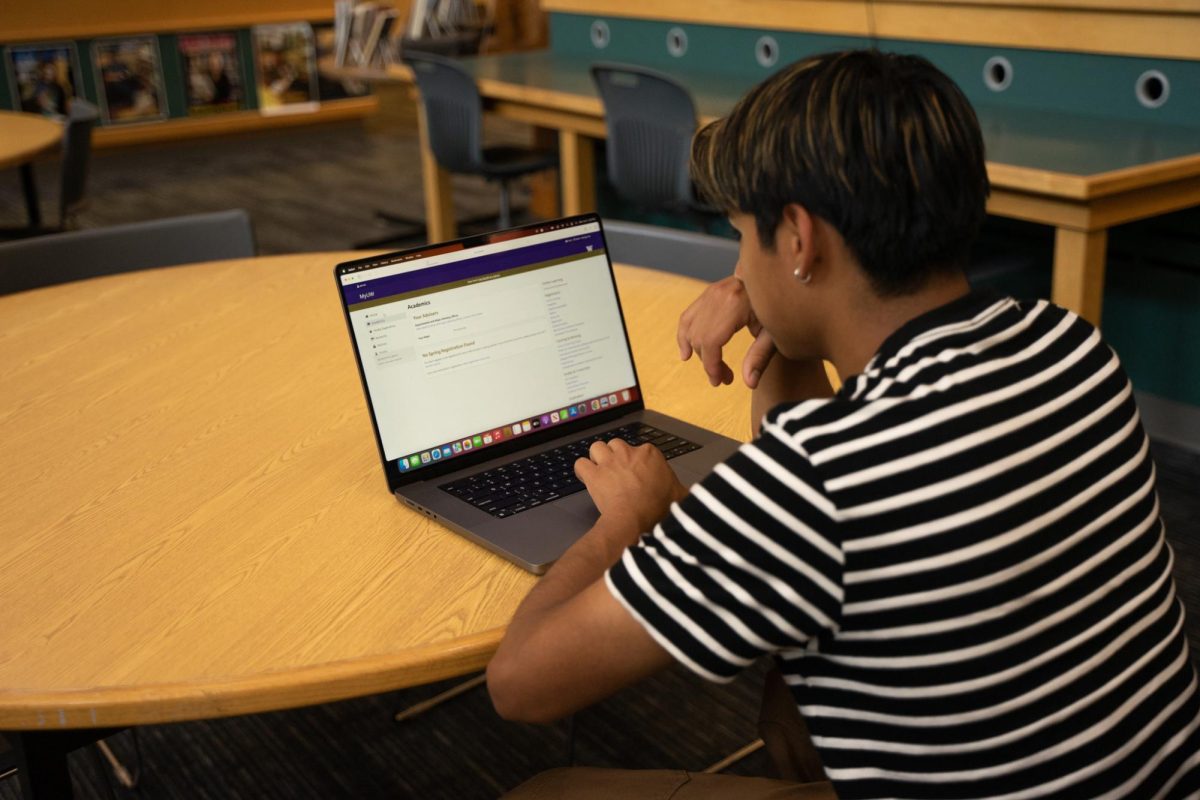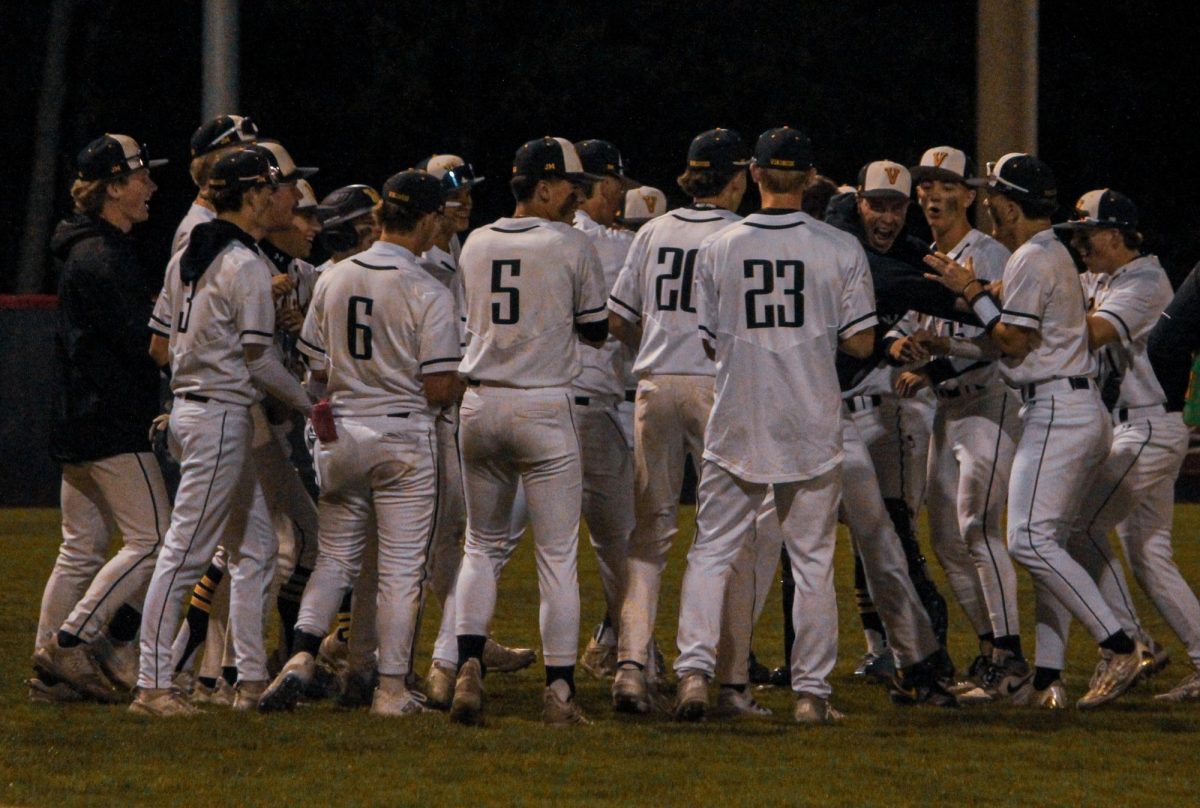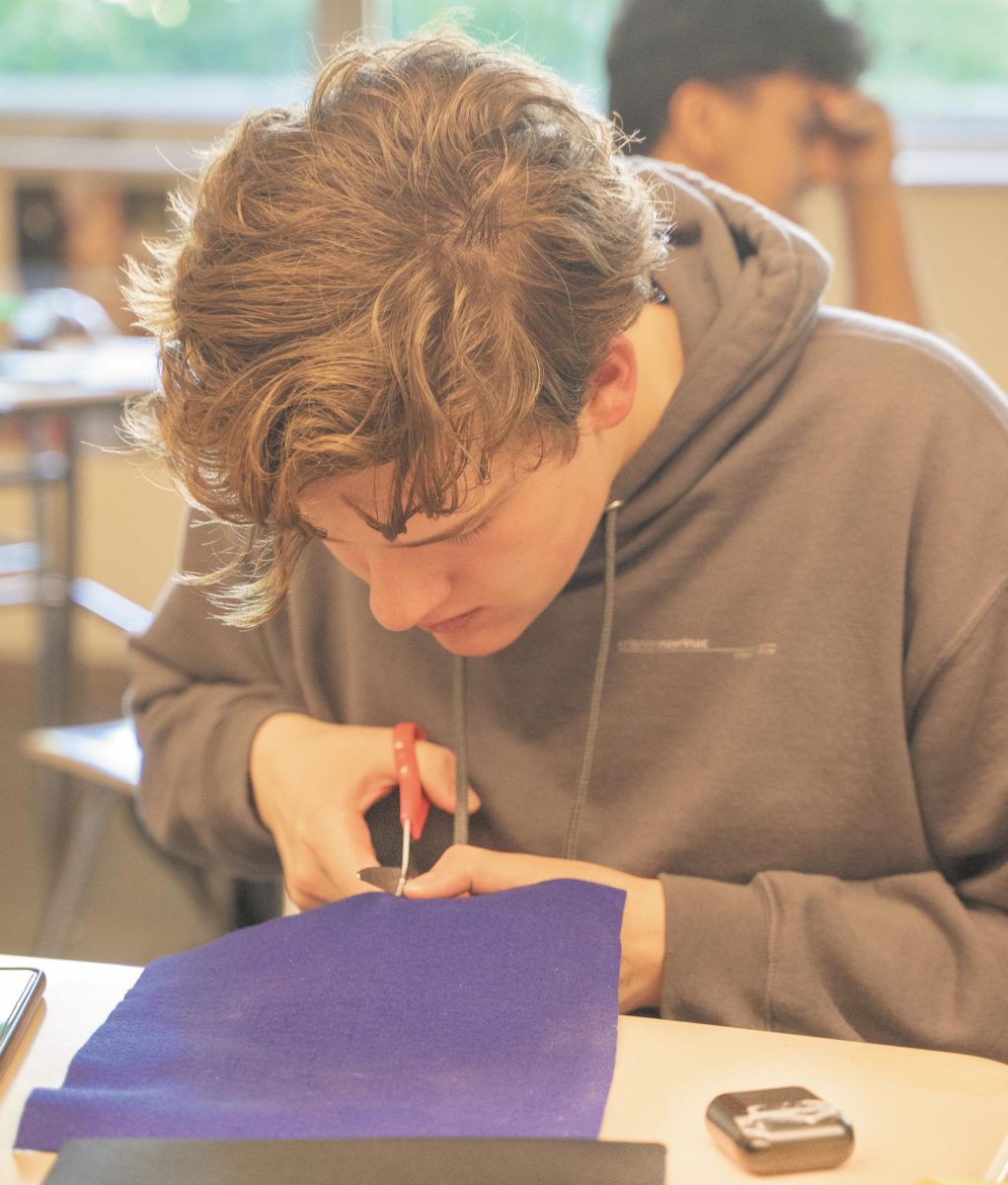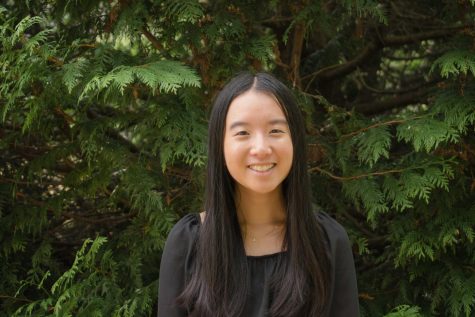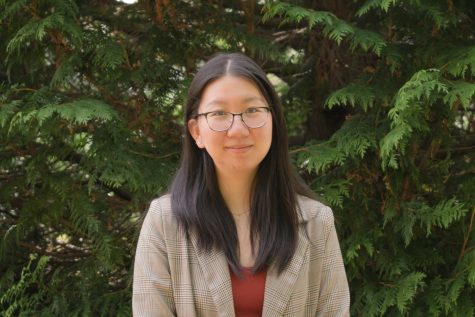Samantha Melbourne Weaver
Who’s going to care?” As the Audience Engagement Director at the Los Angeles Times, former Nordic editor-in-chief Samantha Melbourneweaver directs everything from the Time’s social media pages to stories published on the web, all with this question in mind.
“My staff is really dedicated to building an audience for our biggest and most ambitious journalism,” Melbourneweaver said. “We help people write a story and [ask], why would someone want to read that? How can we build it so that they want to read it if they’re scrolling through Twitter?”
Although the specifics vary from day to day, Melbourneweaver said her job is ultimately about focusing on the reader, whether it’s through attracting subscribers or maximizing the impact of every story.
“For instance, in LA, we have a big homeless population, and our readers are really interested in it because it’s a problem they need to solve, so we have a couple of reporters who are experts at writing about homeless people in shelters and solutions and the ripple effects of all of it,” she said. “If they had their way, they would just write a story and smile and walk away and then go find another story, and there wouldn’t be really anything connecting them. It’s my job and my team’s job to work with them to make sure that they’re building on something consistently, to make sure that people walking down the street learn something from us.”
Melbourneweaver said that her aspirations for a journalism career began at Inglemoor. She joined Nordic after taking a career aptitude test and said that she was heavily inspired by her experiences in her English class.
“I had this English teacher named Mr. Curtis, and the thesis of his class was that everything is connected and everything matters. That really hit me on a cosmic level,” Melbourneweaver said. “It was really timed very well with Nordic because journalism is also about everything, right? The idea behind journalism is that everything that you’re writing and reporting about helps people understand how to vote and live in society, and so everything matters, and everything’s connected.”
Melbourneweaver went on to pursue a major in journalism at Arizona State University, though she said the bulk of her learning stemmed from various internships she had, as well as her experience in Nordic.
“They taught us the real stuff about journalism that you [have] to learn somewhere, [and] they don’t teach it to you in college. There’s foundational stuff that, if you don’t do high school journalism, you’re going to learn that stuff the hard way,” she said.
From pitching sessions to experimentation, Melbourneweaver said her time in Nordic prepared her for her current career, which shares many of the same aspects.
“I learned a lot [in Nordic] about managing people, which is the bulk of my job now,” she said. “You start to understand the flaws in our education system when you have to be a leader in the class and get people with different skill sets to try to do things. Not everyone can design a paper, and not everybody can write a good story.”
Now, as Melbourneweaver spends her days focused on the Internet, she said that Nordic represents the last time a print product was a priority for her.
“I don’t think anybody read the newspaper, which was disappointing sometimes, but was also freeing because we could slide in jokes and have fun and not take ourselves too seriously. Honestly, at the time, I was taking [print] very seriously. You can see that paid off,” she said. “When I think about the reach that I have now with my publication on platforms, wow, Nordic was such a humble beginning.”
Tatevik Aprikyan
Television journalist and IHS alumnus Tatevik Aprikyan said that one of the most “full circle” moments was when she returned to Inglemoor a few years ago to interview Vicki Sherwood for a story.
“I had walked through that [IHS] galleria in my Nordic newsie sweatshirt hoping to one day be a TV reporter, and the day was here,” Aprikyan said. “It was like all my dreams had come true, and it felt like an out of body experience walking through the galleria to her office with my [camera-man] with a microphone in my hand and a station coat on. I couldn’t believe it… I felt incredibly proud of my journey and the profoundly challenging road journalism takes you on, but once in a while those experiences sure make it worthwhile.”
For Aprikyan, Nordic News was where her career as a professional news anchor all began.
“I’ve wanted to be a journalist since I was a little kid, and being a part of Nordic meant I had ‘made it’ as much as I could as a high school student to get on a published paper that had won awards,” she said.
Despite having a busy schedule filled with eight IB classes, band and GMI, Aprikyan still managed to become a part of Nordic.
“I even went to see Ms. Vesely as a sophomore to introduce myself and tell her how eager I was to be a part of the staff,” she said.
Since joining Nordic News in 2006, Aprikyan has gone on to anchor and report for places like NPR, KUOW Seattle, ABC, CBS and FOX affiliates. Seven unpaid internships later, Aprikyan finally got her first TV job in Idaho Falls, Idaho, where she had to write and shoot her own video and produce the shows that she anchored.
“Those two years — they were what the industry calls ‘paying your dues,’” Aprikyan said. “You make [little] money in small towns but get the experience to jump to a larger market to build your career.”
According to Aprikyan, the tradeoff of a difficult start in the early years of a journalism career is the assurance that this career is the right choice.
“You’ll know at your first job if you can deal with real-life journalism,” Aprikyan said. “If you’re in it to be on TV, see your byline or hear your voice on the radio, it’s not for you. You have to have the passion and the grit and not care about the money.”
Aprikyan said that her work is often exhausting and consists of long hours. In addition, she quickly learned to always pack food, clothes, and have a ‘go bag’ with essentials because it is impossible to predict where the next headline will be. Speaking on television may seem glamorous, but beyond the lights and the recognition lie great sacrifices in order to make your own path.
For Aprikyan, no job was more outwardly glamorous than working for David Letterman among all the glitz and celebrities and Manhattan life.
“It was one of the most exhausting stints of my career and an incredible eye-opener to see what national-level production is like on an iconic TV show,” Aprikyan said.
Aprikyan said journalism has given her experiences that people can only dream of, something she will never take for granted.
“I’ve covered some incredibly difficult stories, some people I will never forget and some interviews I wish I could get out of my head for their violent nature,” Aprikyan said.
One of the most difficult pieces Aprikyan said she has written was a deeply candid look at what living with an eating disorder was like. At the time, Aprikyan herself was suffering from an eating disorder that almost took her life.
“I just wanted to give a voice to the issue — the silent suffering that no one seemed to get unless you were going through it — hoping students recognized themselves and maybe parents and teachers understood how to better help guide students,” Aprikyan said.
Throughout her career in broadcasting, Aprikyan has done everything from live television shots in a brutal historic blizzard to covering the Boston Marathon Bombing Trial. Still, Aprikyan said that she is genuinely excited for every story.
“It’s a front-row seat to history — to giving a voice to the people who don’t normally have one and telling stories for a living.”





